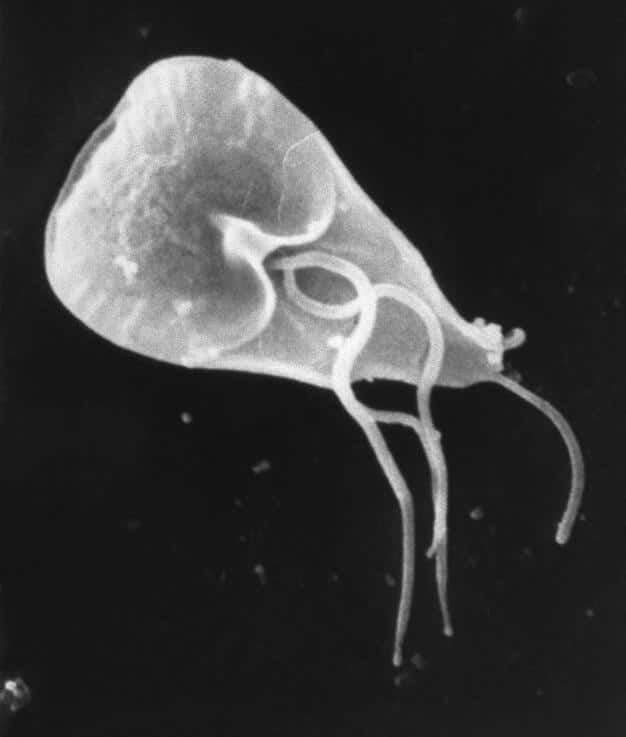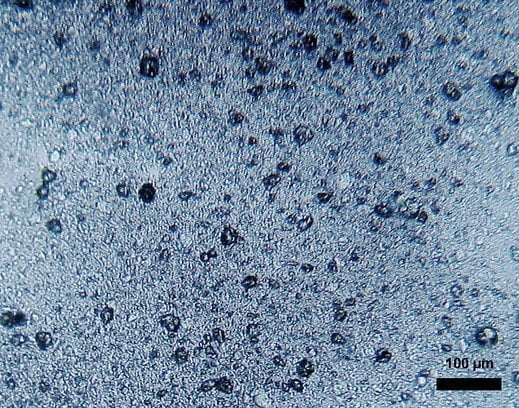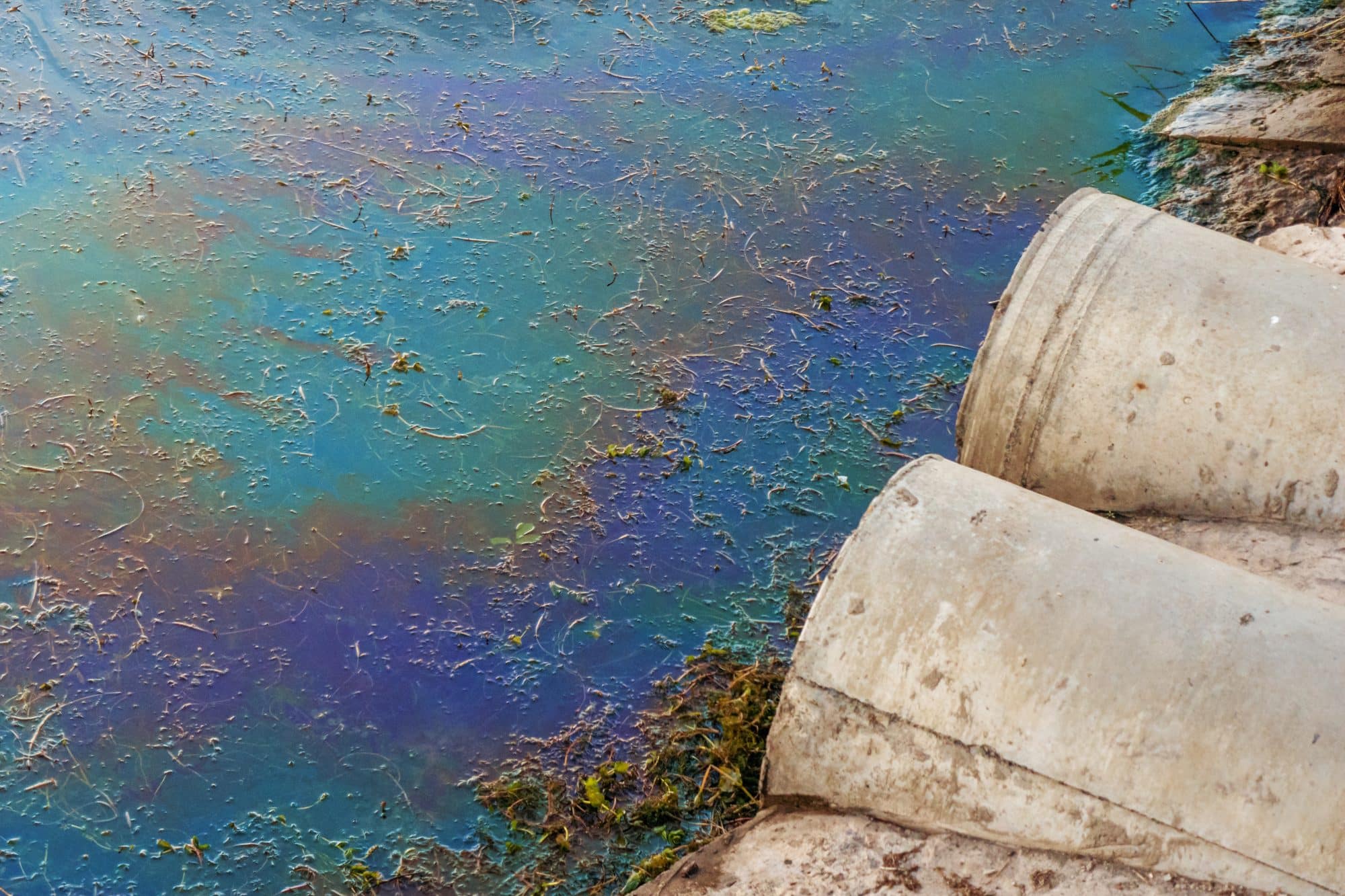Every time you turn on your tap, you expect clean, safe water, but you can’t see how it affects you. With 2 billion people worldwide lacking access to safely managed drinking water, understanding the various types of water contaminants has never been more critical for protecting public health. The Safe Drinking Water Act defines the term “contaminant” as meaning any physical, chemical, biological, or radiological substance or matter in water. Legal maximum levels for approximately 90 contaminants are set in drinking water by the EPA from a total of 324 substances. Hence, EPA’s drinking water limits are often considered outdated and may not reflect current science regarding public health concerns.
Water contaminants are harmful substances that compromise drinking water safety and quality, ranging from naturally occurring substances to industrial byproducts. These pollutants enter our water sources through multiple pathways: industrial discharges, agricultural runoff, and natural geological processes. From heavy metals leaching from aging infrastructure to forever chemicals persisting in groundwater, the landscape of drinking water contaminants continues to evolve. Understanding these threats and recognizing early warning signs like unusual taste, odor, and color changes.
Contaminants in Drinking Water Reservoirs
Drinking water reservoirs are critical sources of surface water that supply many communities, but they are vulnerable to a variety of contaminants that can compromise water quality. In addition to nutrients, reservoirs can be contaminated by sediment and organic matter carried by stormwater runoff, which can increase turbidity and foster disinfection byproduct formation during treatment. Industrial wastewater is a major source of many pollutants found in water bodies. Similarly, industrial pollution and urban runoff also introduce chemical contaminants such as heavy metals, volatile organic compounds (VOCs), pesticides, and polyfluoroalkyl substances (PFAS) into reservoir waters.
Microbial contaminants, including bacteria, viruses, and parasites, may enter reservoirs through sewage discharges, failing septic tanks, or wildlife activity. Radiological contaminants can also be present due to natural deposits in surrounding geology. The presence of these contaminants in drinking water reservoirs requires vigilant monitoring and proactive source water protection measures to maintain water quality and ensure safe drinking water for communities.
Biological Contaminants
Biological contaminants are a naturally occurring emerging threat. These represent living organisms and their toxic byproducts. They pose immediate and long-term negative impacts to drinking water consumers. These microbial contaminants include bacteria, viruses, parasites, and harmful algae that can cause waterborne diseases ranging from mild gastrointestinal illness to life-threatening chronic infections.
Harmful Algal Blooms
Harmful algal blooms have emerged as one of the most significant biological threats to drinking water safety, affecting surface waters across the United States with increasing frequency and intensity. These blooms produce dangerous toxins while serving as early warning indicators of broader water quality problems. Early warning signs of harmful algal blooms include distinctive water discoloration (blue-green, red, or brown scums), musty or fishy odors, and unusual taste in treated water.
These taste and odor compounds, (geosmin and 2-methylisoborneol) often appear before toxic levels are reached. This provides critical early detection opportunities for water utilities. Climate change and nutrient pollution are increasing both the frequency and intensity of harmful algal blooms. Warmer water temperatures, longer stratified seasons, and increased nutrient loading from agricultural runoff create ideal conditions for cyanobacteria growth. Agricultural areas with high fertilizer use show particularly elevated risk for downstream algal bloom formation in rivers, lakes, and reservoirs.
The toxins produced during algal blooms pose particular challenges for water treatment systems. Unlike bacterial pathogens that can be killed through disinfection, algal toxins require advanced treatment technologies such as activated carbon adsorption or advanced oxidation processes for effective removal.
Bacterial Pathogens
Bacterial contamination of drinking water represents one of the oldest recognized threats to human health. Harmful bacteria can threaten human health and modern monitoring systems rely on assessing the microbiological safety of drinking water systems.
Coliform bacteria indicate the possible presence of harmful bacteria, viruses, and parasites. The EPA’s Total Coliform Rule, set a maximum contaminant level (MCL) based on the presence of total coliforms. Systems must ensure that no more than 5% of monthly samples are positive for total coliforms.
E. coli contamination indicates recent fecal contamination and poses immediate health risks through direct pathogen exposure. This harmful bacteria enters water sources through sewage treatment plants overflow, agricultural runoff from livestock operations, and failed septic tanks. Pathogenic strains can severely harm human health. Some health issues include, gastrointestinal illness, kidney failure, and even death in vulnerable populations.
Parasites and Viruses
Parasites and viruses represent some of the most resistant and dangerous microbial contaminants in drinking water systems. These pathogens can survive conventional disinfection processes and cause severe waterborne diseases even at very low concentrations.
Giardia lamblia commonly contaminates surface water sources through human and animal waste. This parasite causes giardiasis, a prolonged intestinal infection that can lead to malnutrition and chronic digestive problems. Giardia cysts can survive in cold water for months and resist standard chlorine disinfection levels used in many water treatment plants.

Viral pathogens including norovirus and hepatitis A enter water sources primarily through sewage contamination and can cause significant disease outbreaks. These viruses are extremely small and can pass through some filtration systems, requiring specific disinfection approaches such as UV light or advanced oxidation for effective inactivation.
Emerging Contaminants
Emerging contaminants represent a rapidly evolving category of water pollutants that includes pharmaceuticals, personal care products, microplastics, and industrial chemicals not currently regulated under existing drinking water standards. These substances present new challenges for water treatment and public health protection as detection methods improve and our understanding of their health effects expands.
Pharmaceuticals and personal care products (PPCPs) enter water sources through multiple pathways, including sewage treatment plants that cannot completely remove these compounds. Their presence in the environment, even in trace concentrations, can have negative effects on living organisms, including humans. Common pharmaceuticals detected in drinking water include antibiotics, hormones, pain relievers, and psychiatric medications, often at low concentrations measured in nanograms per liter.
Endocrine disrupting compounds interfere with hormone systems in humans and wildlife, potentially causing reproductive problems, developmental abnormalities, and cancer. An Oxford–Royal Society restatement defines EDCs as substances that “alter the function of the endocrine (hormone) system of humans and animals. These toxic chemicals include synthetic hormones from birth control pills, plasticizers such as bisphenol A (BPA), and industrial chemicals that mimic natural hormones. Even very low concentrations can affect hormone function, making detection and regulation particularly challenging.
Microplastics have emerged as a persistent contaminant in both surface water and groundwater sources worldwide. These tiny plastic particles, typically less than 5 millimeters in diameter, originate from the breakdown of larger plastic items, synthetic textile fibers, and tire wear particles. Research shows microplastics are present in tap water globally due to various reasons, one of them being industrial pollution Though health effects from human consumption remain under investigation.

Taste and Odor Testing
Effective detection and monitoring systems form the foundation of drinking water safety, enabling water utilities and public health agencies to identify contamination before it reaches consumers. Modern monitoring approaches combine regulatory compliance testing with advanced real-time monitoring technologies to provide comprehensive water quality surveillance. This serves as an important early indicator of water quality problems, often detecting issues before conventional analytical methods can identify specific contaminants.
Consumer complaints about earthy, musty, or chemical tastes frequently provide the first indication of algal blooms, industrial spills, or treatment system malfunctions. Consumer confidence reports provide annual water quality data to the public, summarizing monitoring results and any violations of drinking water standards. These reports play a crucial role in maintaining public trust and awareness of local water quality conditions, though they typically reflect average conditions rather than day-to-day variations in water quality. The integration of multiple monitoring approaches like continuous sensors create a comprehensive surveillance system capable of detecting both routine compliance issues and unusual contamination events. This multi-layered approach provides the redundancy necessary to protect public health in complex water systems serving diverse communities.
Environmental Impacts of Water Treatment
Impact on the environment must be kept in mind when treating waterbodies. Energy-intensive processes like reverse osmosis contribute to greenhouse gas emissions, while chemical disinfectants may form harmful byproducts. Chemical treatments can also change water-chemistry, making aquatic life suffer. Hence, sustainable treatment approaches should be the only way to manage contaminant removal with minimal environmental impact through energy-efficient technologies and renewable energy sources. The economic consequences of contamination events often far exceed the costs of preventive measures, making investment in comprehensive protection systems economically justified. Previously, a major HAB in Lake Erie caused the city of Toledo, Ohio, to issue a “do not drink” order for tap water that left more than 500,000 people without drinking water for two days and had an estimated impact of $65 million in lost benefits.
Climate change presents additional challenges for water treatment systems as extreme weather events, changing precipitation patterns, and rising temperatures affect both source water quality and treatment effectiveness. Adaptive management strategies must account for these changing conditions to maintain effective protection against current and emerging contaminants.
Understanding The Complexity
The complexity of modern water contamination requires early detection, advanced treatment technologies, and proactive prevention strategies. The interconnected nature of water contamination means that protecting drinking water quality demands coordinated action across multiple sectors. Agricultural practices affect nitrate and pesticide levels. Industrial activities contribute chemical contamination and climate change influences that affect the severity of algal blooms. Only through comprehensive treatment capabilities, and vigilant monitoring can we ensure safe drinking water.
As new contaminants emerge and our understanding of health effects evolves, the drinking water industry must continue adapting to address evolving threats. The development of real-time monitoring systems, advanced analytical capabilities, and innovative treatment technologies provides hope for meeting these challenges while maintaining the high level of water safety that modern society demands.
